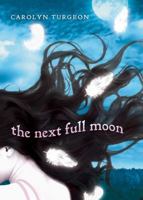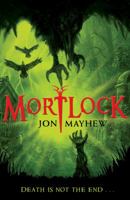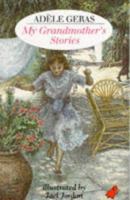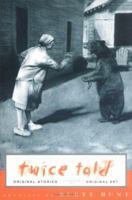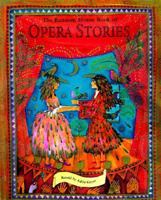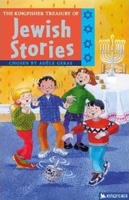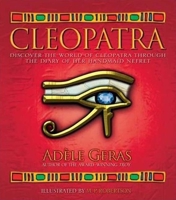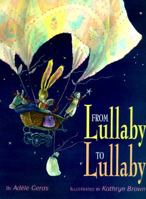Babe Didrikson Zaharias: All-Around Athlete (On My Own Biographies)
(Part of the On My Own Biography Series)
Select Format
Select Condition 
You Might Also Enjoy
Book Overview
Babe Didrikson was running and jumping hedges at the age of eight. Her dedication to training and practicing resulted in her becoming one of the greatest woman athletes of the century. Although she won two gold medals and one silver medal in track and field events at the 1932 Olympics, Babe excelled in every sport that she played.
Format:Paperback
Language:English
ISBN:1575054477
ISBN13:9781575054476
Release Date:August 2000
Publisher:First Avenue Editions (Tm)
Length:48 Pages
Weight:0.45 lbs.
Dimensions:0.3" x 5.7" x 8.4"
Age Range:7 to 10 years
Grade Range:Grades 2 to 5
More by Adèle Geras
Customer Reviews
19 customer ratings | 5 reviews
There are currently no reviews. Be the first to review this work.
Death Comes for the Archbishop Mentions in Our Blog
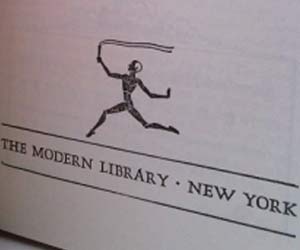
The Modern Library: How a Publisher Helped Make Books More Accessible
Published by Theia Griffin • January 18, 2021
ThriftBooks Collectibles are special items that are rare, vintage, signed, or otherwise remarkable. This week the Collectibles team wants to highlight a wonderful book publisher imprint called Modern Library. Learn more about the history of "The Modern Library of the World's Best Books" by reading more, and maybe you'll find a new treasure while you're at it.



















